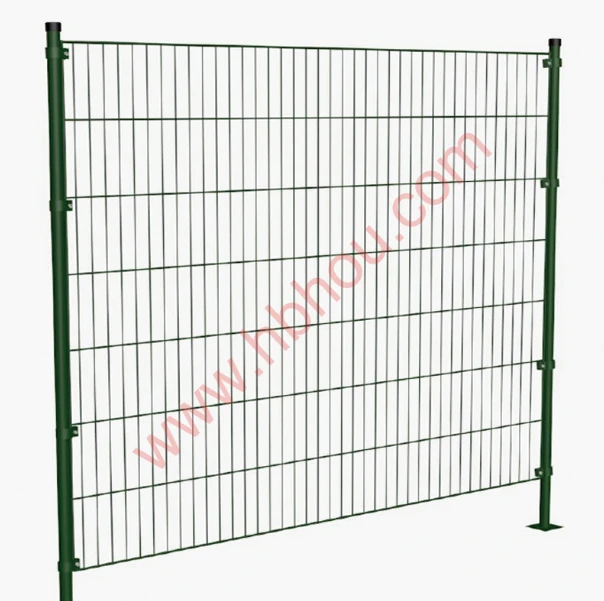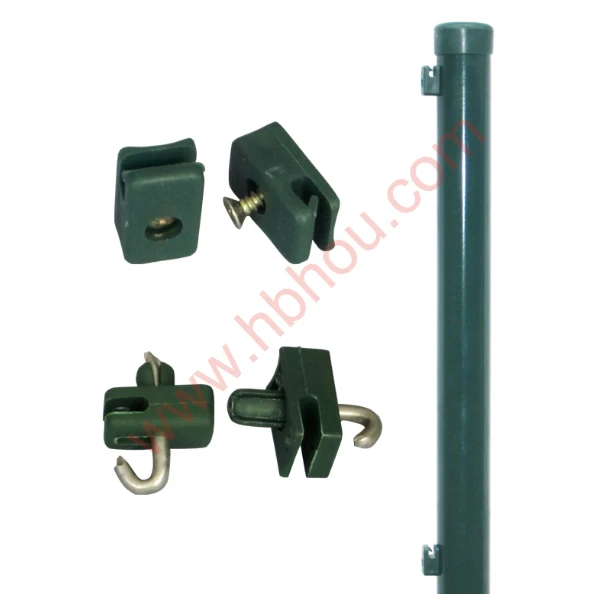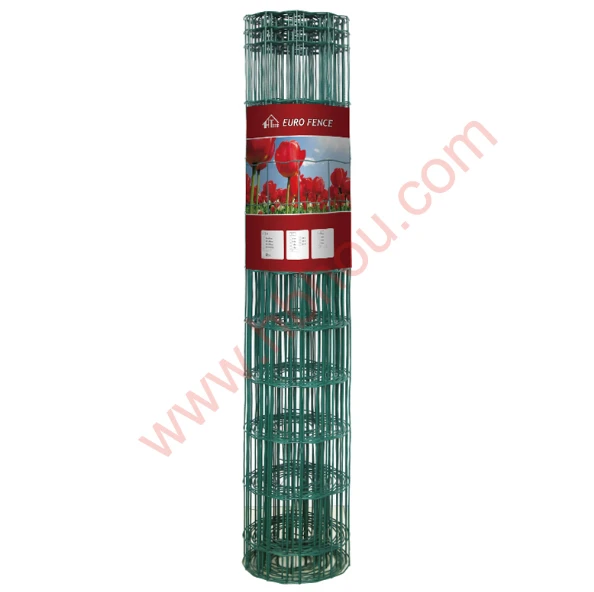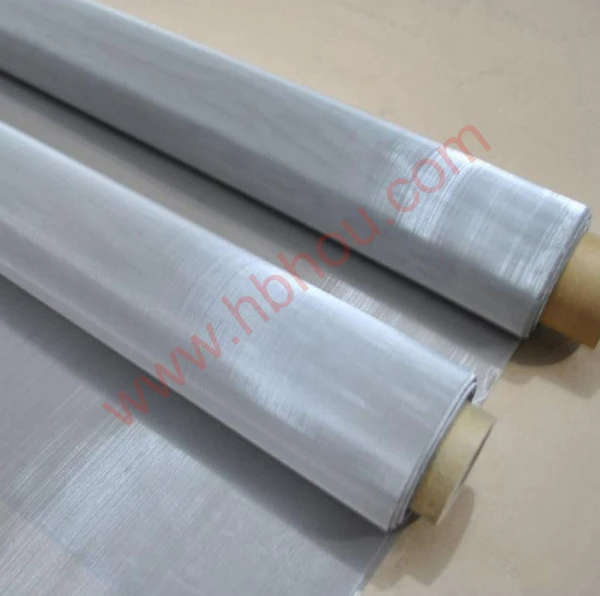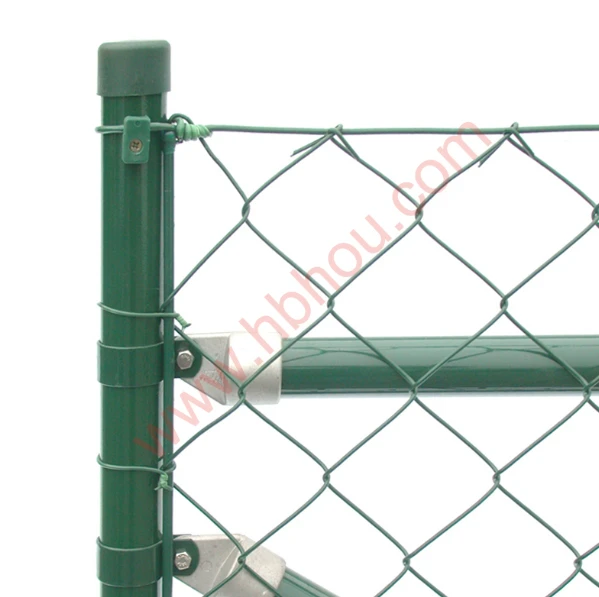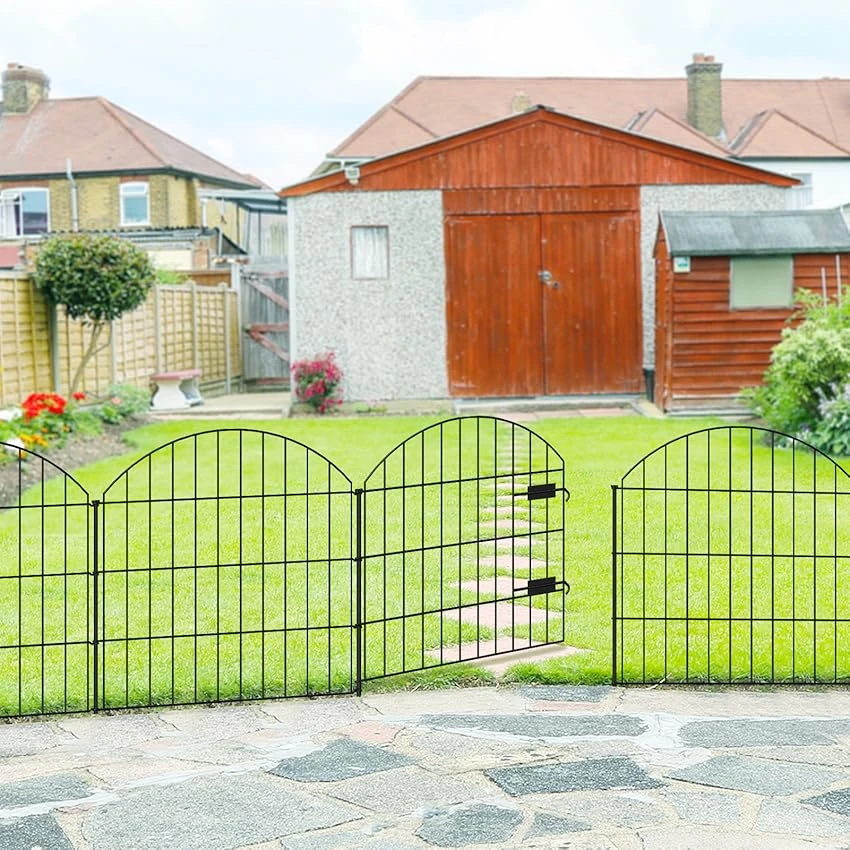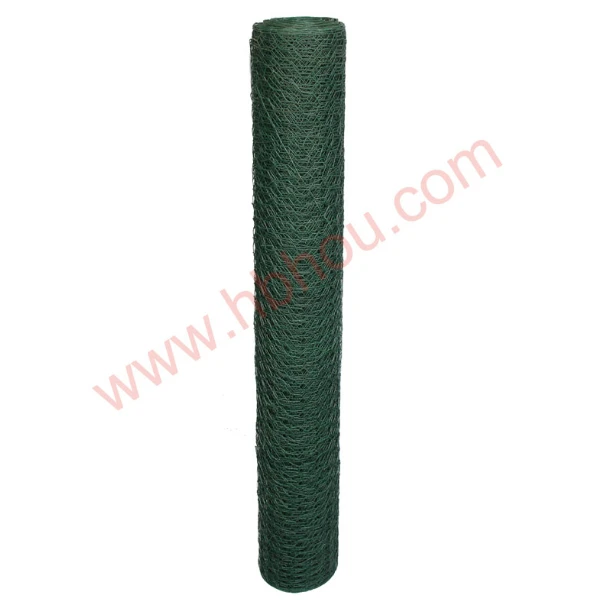The Art and Functionality of Gabion Curved Walls
In modern landscape architecture and civil engineering, the use of gabions has become increasingly popular due to their versatility, environmental benefits, and aesthetic appeal. A gabion is a wire mesh container filled with rocks, stones, or other suitable materials, creating a robust structure that can serve various purposes. Among the diverse applications of gabions, the construction of gabion curved walls stands out for its unique blend of functionality and aesthetic charm.
Gabion curved walls are ingenious structures that not only serve as effective retaining walls but also blend seamlessly into the natural landscape. The inherent flexibility of gabion design allows architects and engineers to create gentle curves and dynamic shapes that traditional straight walls cannot achieve. This curvature not only adds visual interest to a project but also helps in dissipating hydrostatic pressure as water moves through the structure, enhancing its structural integrity.
One of the primary benefits of gabion curved walls is their ability to stabilize slopes and prevent soil erosion. In areas where steep slopes might pose a risk of landslides, constructing gabion walls can create a stable barrier that holds back the earth while allowing water to filter through. This filtration process ensures that water does not accumulate behind the wall, which could otherwise lead to failure due to pressure buildup. Furthermore, the use of natural stone or locally sourced materials in the gabion cages provides an eco-friendly solution that harmonizes with the environment.
gabion curved wall
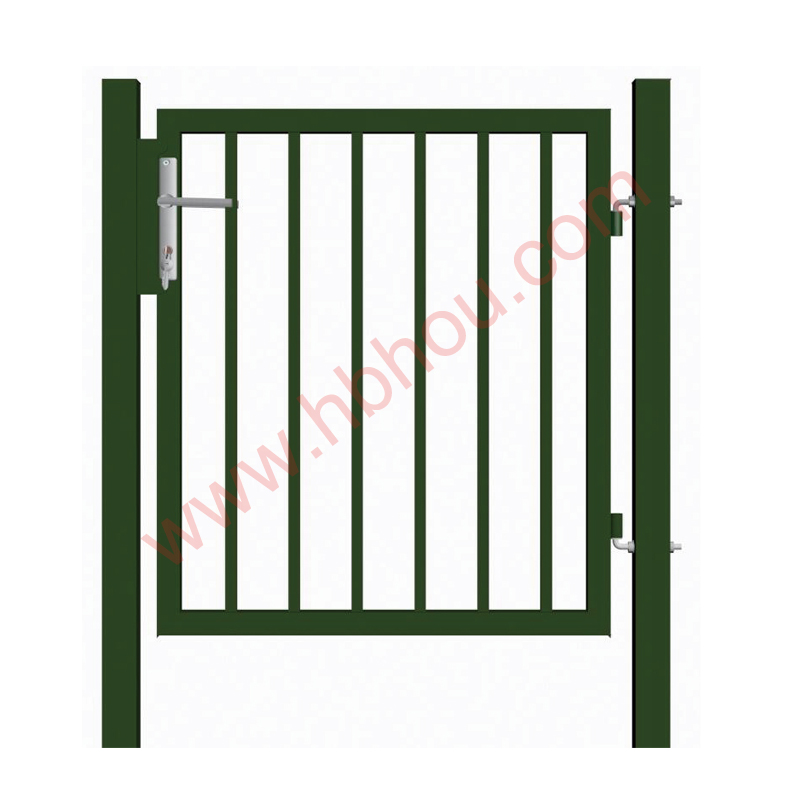
The aesthetic aspect of gabion curved walls cannot be overlooked
. Unlike traditional concrete structures that may appear rigid and unwelcoming, gabion walls can integrate seamlessly with natural surroundings. The use of various stones in different colors and textures allows for creative designs that can complement or contrast with the landscape. When planted with vegetation, these structures can support local flora, further enhancing their natural appearance. Over time, as plants grow, gabion walls can become an integral part of the ecosystem, providing habitats for small animals and insects.Moreover, the construction process of gabion curved walls is relatively straightforward and cost-effective compared to other traditional building methods. Once the foundation is leveled and prepared, the gabion cages can be filled with local stones or recycled materials, which reduces transportation costs and lowers the carbon footprint of the project. Their modular nature allows for easy repairs or modifications, making gabions a practical choice for landscape architects looking for sustainable solutions.
Another significant advantage of gabion walls is their durability. Constructed from robust wire mesh and filled with durable materials, these walls can withstand harsh weather conditions and natural elements, making them an ideal choice for long-term infrastructure. With proper installation and maintenance, gabion curved walls can last decades, offering both strength and beauty.
In conclusion, gabion curved walls represent a harmonious blend of functionality, sustainability, and aesthetics in modern construction. Their ability to adapt to various landscapes, combined with ease of use and environmental benefits, makes them a preferred choice for engineers and architects alike. As we continue to prioritize eco-friendly practices in construction, gabion walls will undoubtedly play a vital role in shaping the landscapes of the future, proving that effective engineering can also be visually appealing. Whether for erosion control, landscaping, or aesthetic enhancement, gabion curved walls are a testament to innovative design and practical solutions in the built environment.









